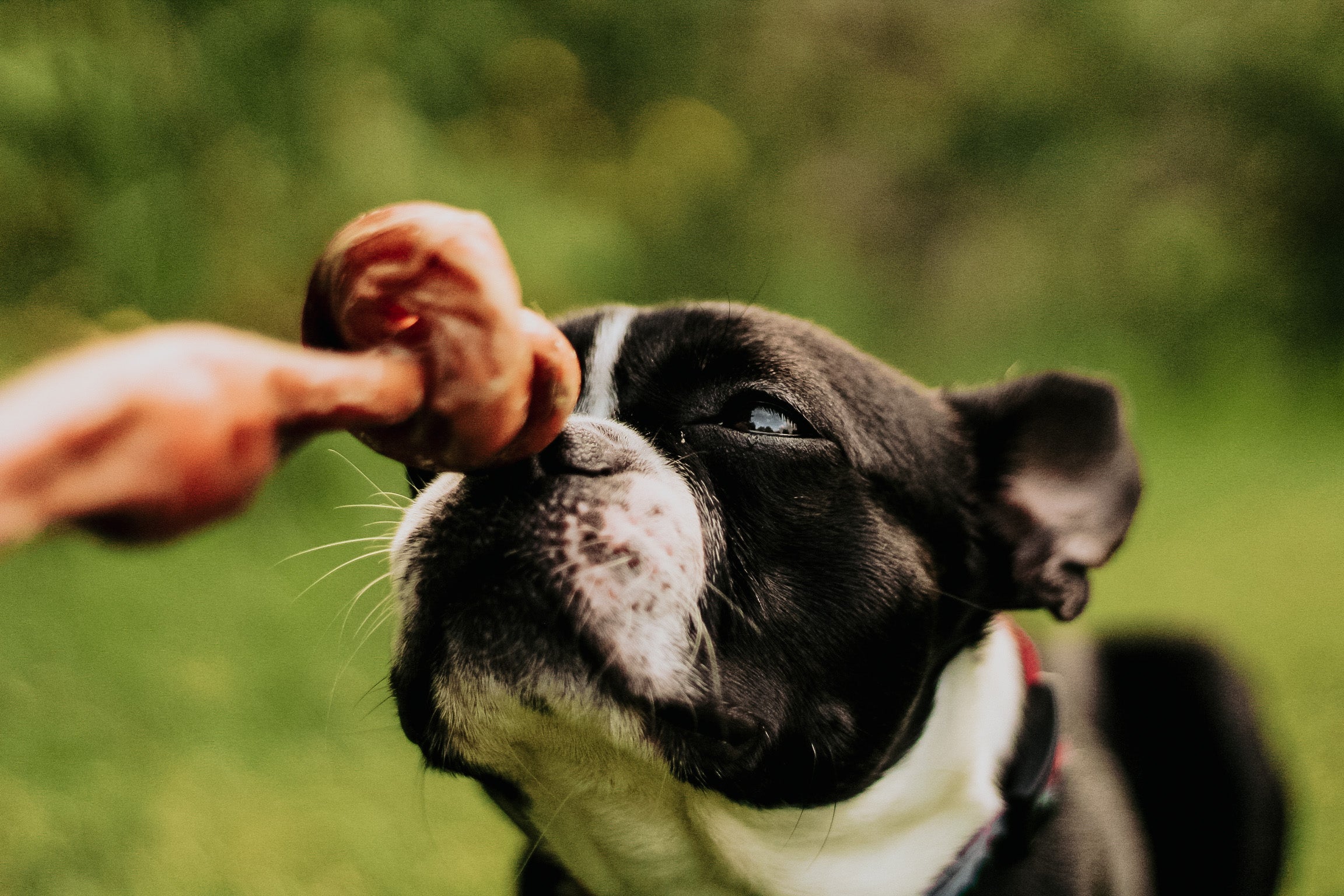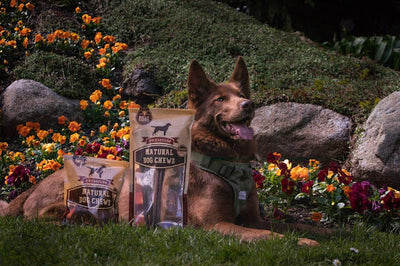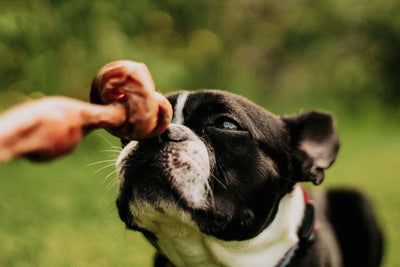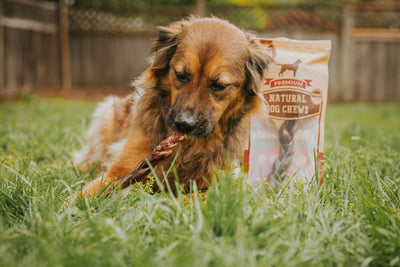Dog Feeding Schedule By Age Guide
Whether you're a new dog owner or a seasoned pet parent, you've probably asked yourself, "How much should my dog eat?" or "How often should a puppy eat?" at least once. These kinds of questions are important to ask because dogs have unique dietary needs that change depending on their age, size, and activity levels.
So, let's get to the topic of this blog: how much your dog should eat. How often should a puppy eat compared to an adult or senior dog? This is our helpful guide to breaking it down by age to ensure your furry friend gets everything they need to thrive. Let’s dive into what makes a balanced feeding schedule and why it matters.
Why a Dog Feeding Schedule by Age Matters
Establishing a feeding routine helps in many ways, like how humans typically have breakfast, lunch, and dinner. Using a dog feeding schedule by age helps prevent accidental overeating and pet obesity and creates a stronger bond between you and your pet. Other reasons why a structured feeding schedule is so important are that it helps support healthy growth in puppies and reduces some anxiety for new owners.
Feeding Guidelines Based on Age
How often should a puppy eat? Puppies (8 Weeks to 6 Months)
Puppies need frequent, nutrient-rich meals to keep up, so it is important to avoid feeding them food for adult dogs. Puppies between 8 weeks and 6 months should be fed 3-4 times daily with portions specific to the food brand guidelines. Their digestive systems are still developing at this stage, so smaller, more frequent meals are ideal; breeders will typically handle the puppies’ early stages of life. However, puppies can be destructive little gremlins due to their teething years after you get them, so look at our guide on helping teething puppies.
How much should my dog eat? Adult Dogs (6 Months to 7 Years)
So, how much should my dog eat? Once your little pup reaches adulthood, its nutritional needs shift from growth to maintenance. Adult dogs typically thrive on 1-2 meals daily, depending on their size and activity level. As adults, portion sizes vary widely based on your dog's breed. For example, small breeds (e.g., Chihuahuas) typically take ½ to 1 cup of food per day; medium breeds (e.g., Beagles) go for around 1½ to 2 cups per day, and large breeds (e.g., Golden Retrievers) have 2½ to 4 cups per day.
Most adult dogs do well with two meals daily—one in the morning and one in the evening. Active or working breeds may need slightly more food or a midday meal. High-quality dog treats should be factored into their daily calorie count to reduce unexpected weight gain.
What about older dogs? Senior Dogs (7+ Years)
As dogs enter their golden years, activity levels and metabolism slow down, which means their feeding needs change. Senior dogs require a diet that supports joint health, maintains a healthy weight, and is easy on their digestive systems. The dog feeding schedule by age changes a little with smaller meals throughout the day; senior dogs typically need smaller meals 2-4 times throughout the day. Many senior dogs benefit from foods that are lower in calories but rich in nutrients like fiber, omega-3 fatty acids, and glucosamine. Senior dogs sometimes require additional care, like prescription food or special treats. Always consult your vet to determine the best diet for your senior dog’s health needs.
General Feeding Tips for Every Age
Feeding schedules aren’t one-size-fits-all, but some general tips can help you provide the best care for your dog, no matter their age:
-
Choose high-quality food: Invest in a balanced, nutrient-rich dog food that meets your pet’s needs. Look for brands that prioritize natural, healthy ingredients.
-
Hydration is key: Always provide access to clean water, especially after meals and during warmer seasons.
-
Treats in moderation: While treats can be great for training or rewarding your dog, they should make up no more than 10% of their daily caloric intake.
-
Avoid human food: Many human foods, like chocolate, grapes, and onions, are toxic to dogs. Stick to dog-friendly options to avoid accidental poisoning.
-
Consult your vet: If you’re unsure about portion sizes, feeding frequency, or the best type of food for your dog, your vet is your best resource.
Planning your dog’s feeding schedule with a little extra effort can make a big difference in their overall health and happiness.
High-Quality Treats from Bully Bunches
Treats play an important role in training and rewarding your dog, but they should complement—not replace—a balanced diet. Choosing the right treats can support your dog’s health and make snack time more enjoyable. Quality over quantity is best for dogs of all ages. Low-quality treats often contain fillers and artificial ingredients that can upset your dog’s stomach and are not good for their health.
Instead of low-quality and unhealthy products, get nutrient-dense treats from Bully Bunches! We specialize in premium bully sticks, long-lasting yak chews, and other tasty treats. Bully Bunches offers a wide range of treats made with high-quality, 100% digestible ingredients. Want more helpful answers to questions like “How much should my dog eat?” or more guides like this dog feeding schedule by age blog? The dog-loving experts at Bully Bunches are always happy to help. Contact our team or take a look at our socials!







